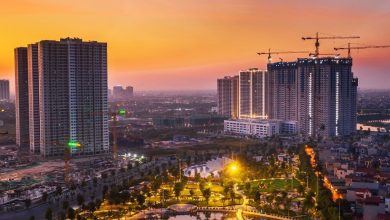
Government Gives Green Light to Free Internet Nationwide
Soon, every Filipino will get access to fast and free internet.
Last week, the Department of Information and Communications Technology (DICT), National Transmission Corp. (TransCo), and National Grid Corp. of the Philippines (NGCP) signed a trilateral agreement to tap the unused portion of fiber optics or black fiber in the transmission grid.
This project is part of the National Broadband Plan (NBP), the blueprint for building the “infostructure” for a digital nation that aims to accelerate the deployment of fiber optic cables and wireless technologies, and improve the affordability and overall internet speed in the country especially in remote areas.
In his first State of the Nation Address (SONA), President Duterte vowed to provide fast and free internet in selected public areas such as plazas, parks, schools, public libraries, government offices, hospitals, train stations, airports and seaports nationwide.
“This is a major milestone. We are very happy that this MOA (memorandum of agreement) was finally signed. This will also help hasten the processing of licenses, permits, clearances and other government issuances nationwide,” said TransCo president Melvin Matibag.
NGCP president Anthony Almeda said that this is an opportunity to address the longstanding issue of poor internet connection quality in the Philippines.
“We are eager to experience not only the improvement of internet speed but also free WiFi access in public areas,” Almeda said.
The NBP will heavily rely on the use of the grid’s fiber optic cable network, which also allows small telco players to connect and provide internet access across the country.
“The two big players, Globe and Smart, have their own international gateway facilities (IGFs), they have their own backbone. But we will do this for the small players. We have a number of small players, if given a chance to have connectivity in a backbone, we can have users connected to the internet at a low cost,” said DICT acting Secretary Eliseo Rio.
DICT and Japan International Cooperation Agency (JICA) are now working on a feasibility study that will determine the cost needed to utilize the fiber optic network in the NBP.
The fiber optic network is already in place and is also owned by the government through TransCo, according to Rio. Hence, the Philippine government will simply need to invest in the equipment to use the optic cables. The DICT acting Secretary also revealed that the initial cost will be between P20 billion to P30 billion.
“The budget for that will have be to recommended to Congress under the General Appropriations Act (GAA)…Depending on how much Congress will give us, it could be in 2019, 2020, 2021, 2022,” said Rio.
The NGCP operates fiber optic facilities that run from Luzon to Mindanao with around 5,000 to 10,000 fiber optic cables used for internal communication.
Real-time communication between transmission facilities, generators, and distribution utilities is possible because of the existing fiber optic cable network. The government and third parties can piggy-back on the fiber optic capacity since it uses transmission facilities.
NGCP didn’t agree with TransCo when it comes to the use of the fiber optic network because the latter is not part of their previous agreement with DICT. TransCo, however, insisted that it should be part of any agreement on the use of the transmission grid’s fiber optic network because it’s the government agency that protect these assets.
NGCP said that even without TransCo, it could legally enter into a bilateral agreement with the government.
“I am happy that despite our differences, NGCP and TransCo, as the concessionaire and the owner of the transmission facilities, have partnered to deliver this gift to the Filipino people,” said TransCo President Melvin Matibag.
via Philippine Star / Danessa Rivera




